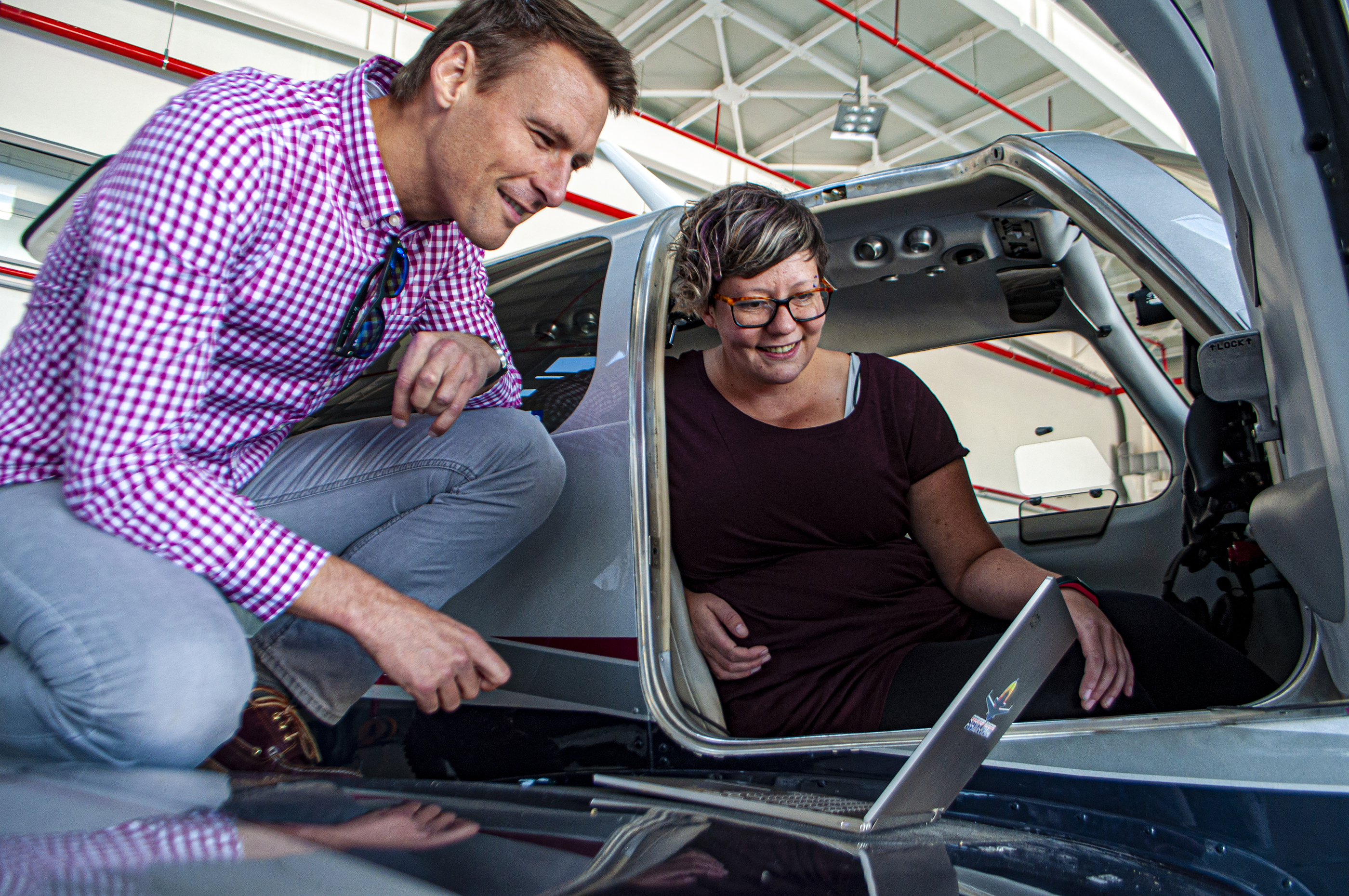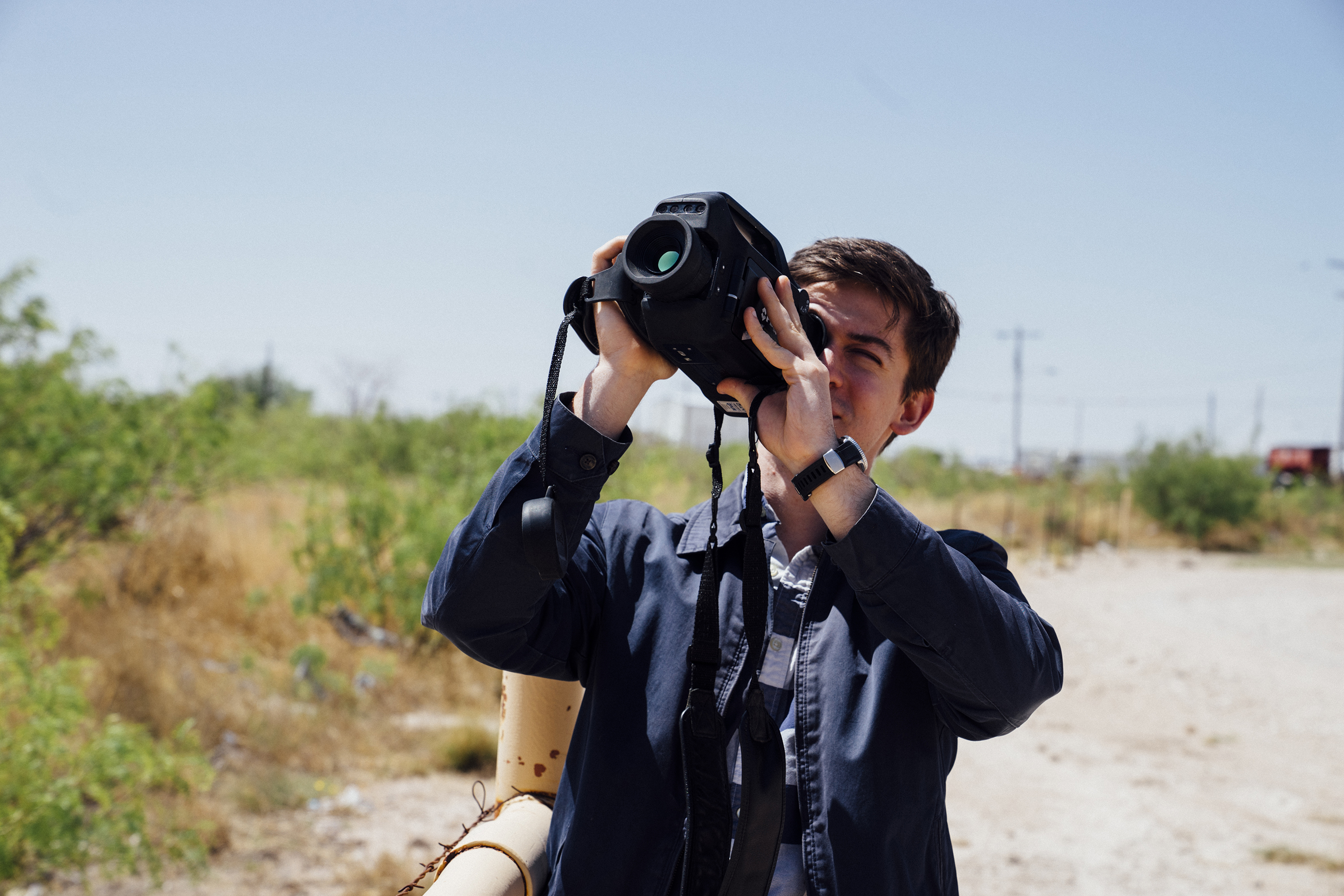Forging the path on methane research
EDF has been at the forefront of methane science for over a decade. Our scientists have contributed to more than 120 peer-reviewed studies on methane — a potent climate pollutant — examining the magnitude and location of emissions, their impact, and methods for measuring emissions over time.
And our work continues. Our groundbreaking research is helping to give the world an unprecedented understanding of methane emissions globally— and guiding action to make sure reductions happen quickly.
EDF’s global leadership on methane research
-
0.0+
Studies EDF scientists and partners have published on methane -
0.0+
Organizations that have partnered with us on methane science research -
0.0+
Countries where EDF scientists and partners have studied methane, in addition to globally focused work
The impact of our methane science
Methane is the main ingredient in natural gas, and fossil fuel production is a major source of global methane emissions along with agriculture and waste management.
EDF scientists focus on understanding methane emissions from different sectors across the globe, with research on topics including:
- Methane from oil and gas, coal mines and agriculture.
- Climate impacts and mitigation of methane.
- Satellite-based quantification and characterization of methane.
- Assessment methods to improve characterization of methane emissions.
We’re studying ways to reduce methane emissions from livestock farming by improving manure management and animals’ diets and health. We’ve researched methane leaks from liquified natural gas terminals. And we’ve worked with aerospace and other partners to use groundbreaking satellite and aerial technology to measure methane emissions in regions producing oil and gas.
Our goal? Working with academic, industry and nonprofit partners around the world to better characterize, measure and, ultimately, cut methane emissions from a variety of sources.
We’re also making the data we gather public. Alongside partners like the United Nations’ International Methane Emissions Observatory, we’re working to improve the data we collect and provide it to the public, ensuring that policymakers can develop targeted solutions to reduce emissions quickly and effectively — and that those reductions can be verified.
Partner perspective
Environmental Defense Fund’s cutting-edge methane science and constructive engagement over the past decade have spurred companies and countries to action on methane pollution and helped make the Global Methane Pledge possible.
Fatih Birol
Executive Director, International Energy Agency, in the 2022 EDF Impact Report
Our methane science research has global impact. Clockwise from left: EDF scientist Stefan Schwietzke (left) and Mackenzie L. Smith of Scientific Aviation/ChampionX Emissions Technologies study methane in Romania; Jack Warren, EDF research analyst, documents methane pollution in the U.S.; EDF scientist Daniel Zavala-Araiza (left) speaks at the ADIPEC conference in Abu Dhabi.
Featured research projects and publications
Here are a few highlights from our work. See more of our published research (PDF).
- Blog post
Study: Smaller, dispersed sources account for majority of U.S oil and gas methane emissions
- Website
PermianMAP: Mapping methane leaks from the planet's largest oil field
- Project
Massive EDF-led collaboration reveals more serious methane problem
- Analysis
Acting rapidly to deploy readily available methane mitigation measures by sector can immediately slow global warming
- Analysis
The value of early methane mitigation in preserving Arctic summer sea ice
- Analysis
Linking methane measurements to mitigation in Mexico
Updates
Read the latest articles, blogs and press releases on methane and science.
-
How do you locate a hidden environmental danger? Put a bounty on it.
Article, -
From feed formulation to fermentation: Can dairy cow nutrition models predict enteric methane emissions?
Blog post, -
Japan’s urban methane study shows data gaps and mitigation opportunities
Blog post, -
Are wetlands breaking bad?
Article, -
New study shows how sectoral emissions shape today’s warming and tomorrow’s risks
Press release, -
Why our methane-detecting satellite showed it’s time for climate action to aim sky-high
Op-ed,
MEDIA CONTACT
Anne Marie Borrego
(202) 572-3508 (office)





















